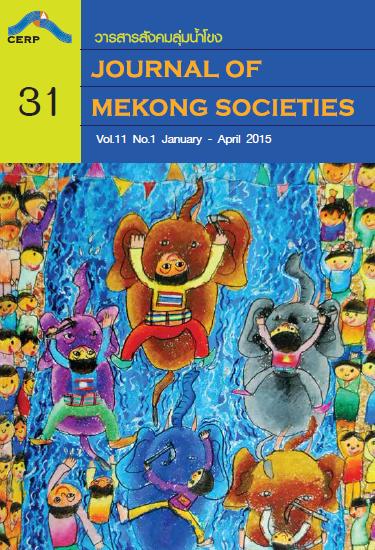Chinese Identity Negotiation by Chinese Vietnamese Women in Cho Lon Community, Ho Chi Minh City, Vietnam through the Use of Chinese at Home
Main Article Content
Abstract
This article summarizes a study of Chinese Vietnamese women’s Chinese identity construction and negotiation through their speaking Chinese at home in the Cho Lon community of Ho Chi Minh City, which is widely known as the biggest Chinatown in Vietnam. The study found that social contexts, external cultural factors, and the concept of men’s dominance over women influenced the spoken Chinese of three woman generations in Chinese Vietnamese families. First-generation women used their spoken Chinese as a means of creating their awareness of being Chinese and negotiating between the Chinese identity inherited from their ancestors and the Vietnamese identity absorbed from Vietnamese society or from their husbands’ being Vietnamese. However, second-generation women, who absorbed both old Chinese values and new Vietnamese values, used their spoken Chinese as a way of preserving their Chinese values and identity and disseminating them to younger generations. Finally, the spoken Chinese of the third-generation women or new generation women at home reflects the significance of modern consumption.


